The evolution of daytime running lights (DRLs) has become a defining element in automotive design, transforming from a simple safety feature to a sophisticated brand signature. Over the past two decades, automakers have refined DRLs into a visual language that communicates identity, innovation, and even emotion. What began as functional illumination has morphed into an art form, with each manufacturer cultivating distinct lighting signatures that are instantly recognizable even in fleeting glimpses.
From Utility to Iconography
Early iterations of daytime running lights served a purely utilitarian purpose—increasing vehicle visibility during daylight hours to reduce collisions. Scandinavian countries mandated them as early as the 1970s, but their global adoption accelerated in the 2000s. The real transformation occurred when luxury automakers recognized DRLs as a canvas for brand expression. Audi's introduction of LED light strips in 2004 marked a watershed moment, replacing bland bulbs with what designers now call "light signatures." This shift mirrored the automotive industry's broader transition from mechanical engineering dominance to design-led differentiation.
The psychological impact proved profound. Studies revealed consumers began associating specific lighting patterns with brand attributes—angular slashes suggesting performance, gentle curves conveying elegance. BMW's "Corona Rings" and Volvo's "Thor's Hammer" designs didn't just improve safety; they created nighttime brand recognition surpassing what grille designs achieved in daylight. This phenomenon birthed an unexpected design constraint: DRLs now needed to maintain character whether illuminated or dormant, as the unlit elements became part of a car's "face" during daytime.
The Materials Revolution
Advancements in lighting technology fueled this design revolution. The jump from incandescent bulbs to LEDs enabled unprecedented creative freedom. Designers could now work with "light threads" as thin as 1mm, arranging them in intricate patterns impossible with older technologies. Laser etching and light guides allowed three-dimensional effects, with some systems projecting layered illumination that appeared to float within headlight assemblies. The introduction of OLEDs brought another leap—these surface-emitting panels enabled lighting elements that could dynamically change shape and intensity.
Material science breakthroughs extended beyond light sources themselves. New transparent composites and nano-coated optics gave designers control over light diffusion that previously required bulky reflectors. The 2022 Mercedes-Benz EQS demonstrated how these technologies could merge, with its "Digital Light" system containing over 1.3 million micro-mirrors per headlight. Such precision enabled functions like projecting navigation arrows onto the road while maintaining the DRL's distinctive daytime appearance. The thermal properties of these new materials also solved what engineers called "the heat dilemma"—packaging high-output lighting in increasingly slim housings without compromising reliability.
Human-Centric Interaction
Contemporary DRL systems have evolved into interactive communication platforms. Many electric vehicles now employ lighting sequences to indicate charging status—pulsing rhythms for active charging, breathing effects when complete. Some premium models feature approach animations where DRLs perform a choreographed welcome sequence upon detecting the owner's key fob. This emotional connectivity extends to pedestrian interaction, with systems like Audi's "digital light signatures" able to project crosswalk patterns or warning symbols onto the pavement when sensors detect pedestrians.
The psychological calibration of these interactions reveals fascinating design insights. Research from the BMW Group's Human-Machine Interaction department found that faster light pulses (around 4Hz) create a sense of urgency, while slower transitions (below 1Hz) convey reassurance. Cadillac's vertical DRLs, for instance, use a deliberate "ignition sequence" startup animation that lasts precisely 1.8 seconds—a duration their studies showed optimally balances technological sophistication with approachability. These nuances transform DRLs from static design elements into dynamic interfaces.
Regional Aesthetics and Regulation
The globalization of automotive markets has created fascinating divergences in DRL design philosophies. European regulators favor bright, always-on DRLs that maximize visibility, leading to designs like Volvo's T-shaped running lights that remain fully illuminated alongside headlights. Contrastingly, U.S. regulations permit (but don't require) DRLs, resulting in more theatrical implementations—Ford's Mustang Mach-E uses sequential lighting patterns that would violate European intensity regulations. Asian markets, particularly China, have embraced DRLs as status symbols, with domestic brands like NIO developing elaborate light shows that activate during vehicle unlocking.
These regional preferences manifest in technical specifications. European DRLs typically operate at 800-1200 candela, while American versions often dip to 400-600 cd for aesthetic reasons. The Chinese market's fascination with "light carpets"—projected patterns surrounding parked vehicles—has spurred innovations in ultra-wide-angle projectors. Such variations compel global automakers to develop modular lighting systems that can adapt to regional preferences without requiring complete redesigns. The 2023 Porsche Taycan exemplifies this, with software-adjustable light intensity that tailors output based on GPS-detected location.
The Sustainable Future
As environmental concerns reshape automotive priorities, DRL design faces new challenges. The European Union's 2025 energy efficiency directives will mandate 15% reductions in auxiliary lighting power consumption. This pressures designers to maintain visual impact while reducing energy use—a dilemma leading to innovations like BMW's "AirLight" technology, which uses fiber optics to distribute light from a single efficient LED source. Startups like Lightricity are developing photovoltaic DRLs that harvest ambient light during daytime to power their own illumination.
The next frontier involves adaptive DRLs that respond to environmental conditions. Jaguar Land Rover's patent filings reveal systems that modify light patterns based on weather—spreading illumination wider during fog or intensifying downward projection in rain. Meanwhile, Mercedes-Benz's experimental "Digital Light 2.0" can selectively dim portions of the DRL to avoid dazzling pedestrians while maintaining brand-identifiable elements. These developments suggest future DRLs will become active safety systems rather than passive identifiers, dynamically interacting with surroundings while preserving their role as moving brand signatures.
The evolution of daytime running lights mirrors broader shifts in automotive design—from functional hardware to experiential software, from mechanical necessity to emotional connection. As vehicles transition toward autonomy, their lighting "faces" may become primary means of communication with pedestrians and other drivers. The humble DRL has grown from a safety checkbox to perhaps the most creatively expressive element on modern vehicles, proving that in automotive design, light has become as fundamental as form.
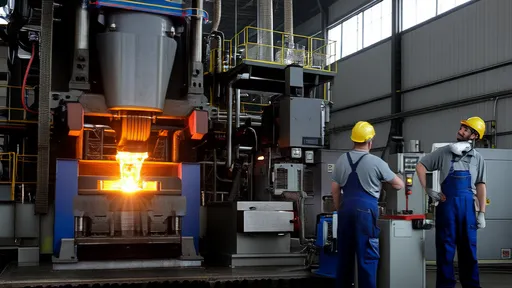
By /Jun 14, 2025
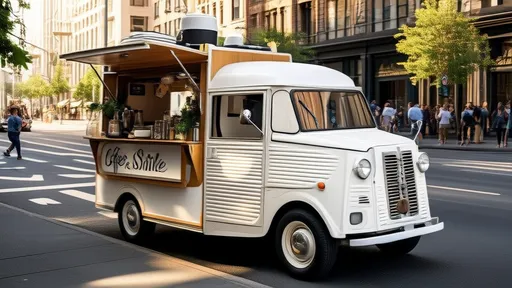
By /Jun 14, 2025
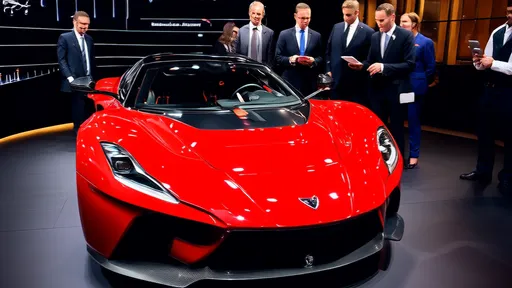
By /Jun 14, 2025

By /Jun 14, 2025

By /Jun 14, 2025
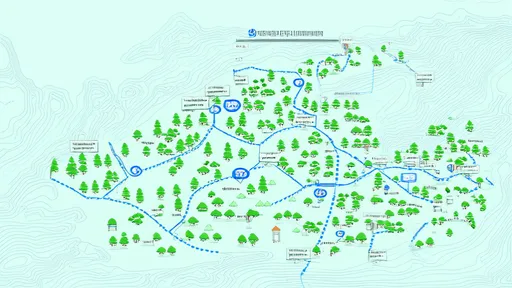
By /Jun 14, 2025
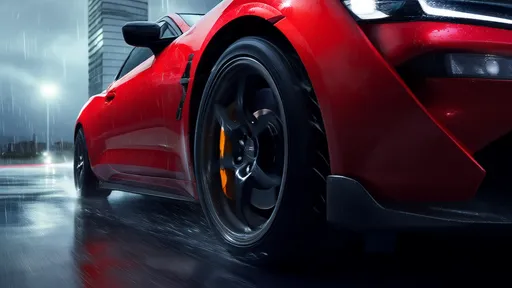
By /Jun 14, 2025

By /Jun 14, 2025
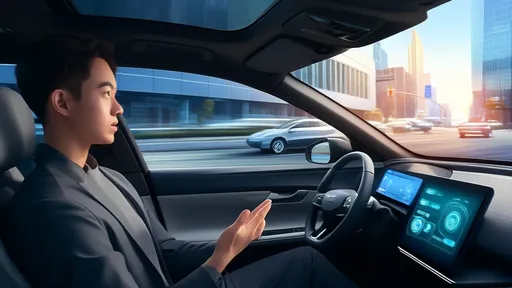
By /Jun 14, 2025
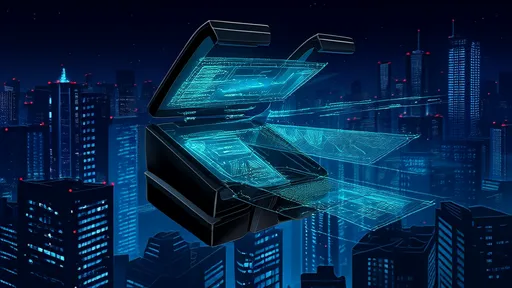
By /Jun 14, 2025
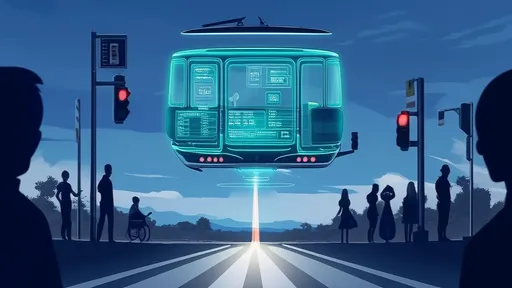
By /Jun 14, 2025
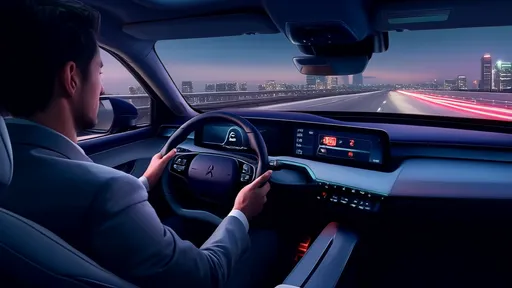
By /Jun 14, 2025
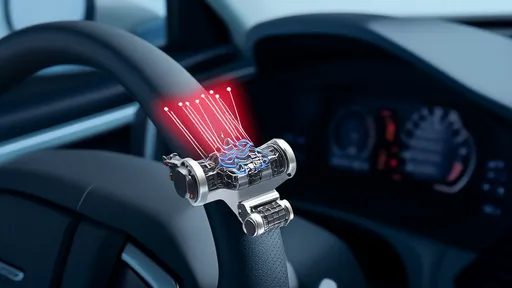
By /Jun 14, 2025
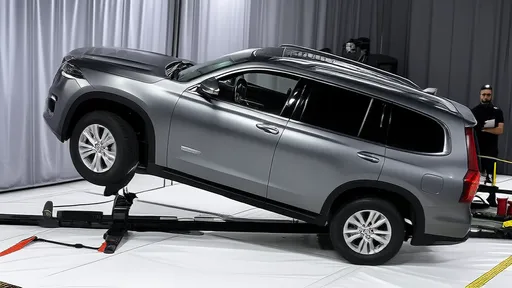
By /Jun 14, 2025
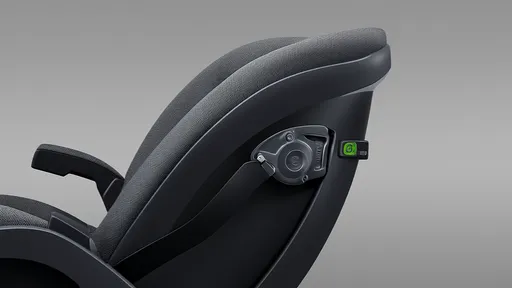
By /Jun 14, 2025
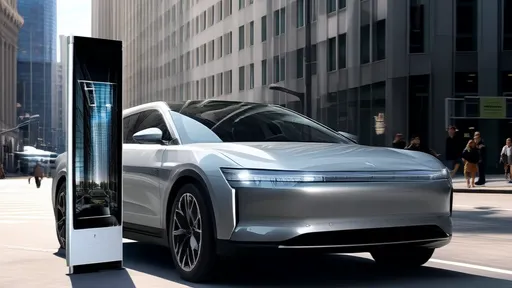
By /Jun 14, 2025
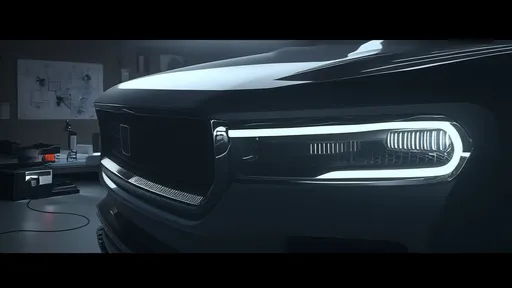
By /Jun 14, 2025